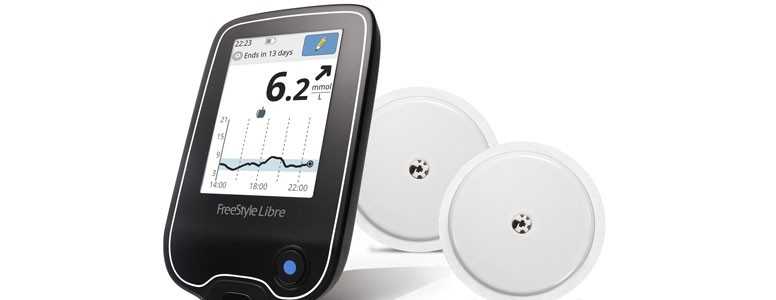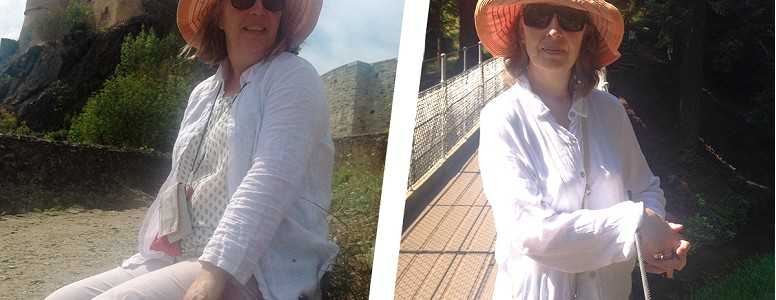Thousands of people with type 1 diabetes are being denied access the “life-changing” FreeStyle Libre because of where they live, a new report has found.
The FreeStyle Libre system, which provides continuous glucose monitoring and enables fewer finger prick tests, was made available on the NHS a year ago.
However, according to a BMJ investigation 25% of clinical commissioning groups (CCG) in England are not recommending the pioneering devices for those who are eligible.
The information was gathered via a Freedom of Information request, which showed that only 3-5% of CCGs are making the technology available to people who are eligible.
Dr Partha Kar, NHS England’s associate national clinical director for diabetes, said that if official NHS England guidance was being followed properly, the figure of giving access to people should be closer to 20-25%, if not higher.
He said: “I think some of it [CCGs’ resistance] is financial, but also some people are just finding a reason to say no. One CCG said to men, ‘We don’t think the evidence is there’. And I said, ‘Well, how is the evidence there for London, Manchester, Liverpool, Brighton but not for you? How does that work?’ That’s just ridiculous.”
Emma Wilmot, a consultant diabetologist at University Hospitals of Derby and Burton NHS Foundation Trust, said: “I’ve had to say to patients, ‘I’m really sorry, you don’t meet the criteria because your GP is not in the right area’.
“They are absolutely gutted. I’ve had patients even considering moving [to another] GP a few miles down the road so that they’d be in Derbyshire and they’d meet the criteria.”
Wilmot said that a lot of her patients are being forced to make financial sacrifices in a bid to self-fund the device themselves.
She added: “My worry is the people who aren’t in a position to self-fund it. The most deprived people in the population often have the least access.”
The BMJ data showed that that the devices have been made available to hundreds of people via their GP in certain areas. But, there are a lot of CCGs that tell patients that the device can only be accessed by secondary care healthcare professionals.
What's new on the forum? ⭐️
Get our free newsletters
Stay up to date with the latest news, research and breakthroughs.





